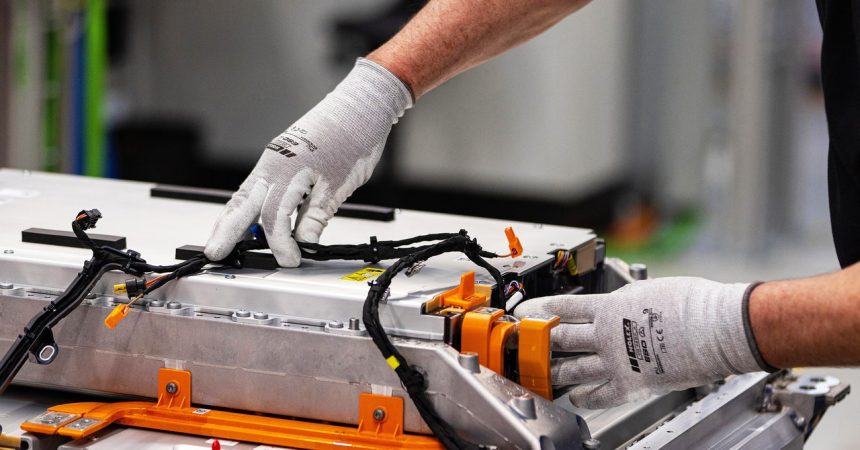Understanding Lithium-Ion Battery Fires in Electric Vehicles: Safety Tips and Insights
Electric vehicles (EVs) are at the forefront of modern transportation, but concerns about lithium-ion battery fires remain significant. This article delves into the factors contributing to such incidents, prevention strategies, and essential safety measures for drivers.
The Basics of Lithium-Ion Battery Technology
Lithium-ion batteries have revolutionized energy storage and electric mobility due to their lightweight design and impressive energy density. However, like any technology, they possess inherent risks. The chemical reactions involved can lead to overheating or thermal runaway—a condition where excess heat causes a chain reaction resulting in fire.
Statistics on EV Battery Incidents
Recent data indicates that while fires in electric vehicles can occur, they represent a small fraction of total vehicle fires. For instance, a comprehensive study shows that EVs account for roughly 0.03% of all car fires compared to traditional gasoline vehicles which have higher incidences per mile driven.
Causes Behind Battery Fires
Several factors contribute to the ignition of lithium-ion batteries in electric cars:
- Manufacturing Defects: Inadequate quality control during production can result in faulty cells.
- Physical Damage: Collisions or impacts may perforate battery cells causing short circuits.
- Overcharging: Excessive charging beyond recommended limits can lead to overheating.
- Environmental Factors: Exposure to high temperatures or direct sunlight increases risks associated with battery failures.
How To Minimize Risks
To ensure your safety while driving an electric vehicle equipped with lithium-ion batteries:
- Follow Manufacturer Guidelines: Adhere strictly to charging guidelines set forth by the manufacturer; avoid using third-party chargers unless approved.
- Regular Maintenance Checks: Schedule routine inspections of your vehicle’s electrical system for any signs of damage or wear.
- Watch For Warning Signs: Be attentive if you notice unusual odors, excessive heat from the battery area, or swelling components—these are indicators requiring immediate attention.
Responding To A Fire Incident
Should you find yourself facing a lithium-ion battery fire within your EV:
- Evacuate Immediately: Prioritize your safety by exiting the vehicle as quickly as possible.
- Call Emergency Services: Dial local emergency services without delay; provide clear details regarding your location and situation.
- Avoid Water Use During Fire Suppression Efforts: Do not attempt dousing with water; mitigate risk by using specialized fire extinguishers classified for electrical use if trained appropriately.
Enhancements In Vehicle Design
Modern EV manufacturers are constantly improving designs by incorporating superior thermal management systems and advanced safety technologies aimed at preventing potential hazards associated with lithium-ion batteries.
Conclusion
Staying informed about lithium-ion battery-related risks is vital for anyone considering an electric vehicle purchase or currently owning one. By acknowledging potential dangers and implementing recommended precautions proactively, you enhance both personal safety and encourage responsible electrification on our roads today.






